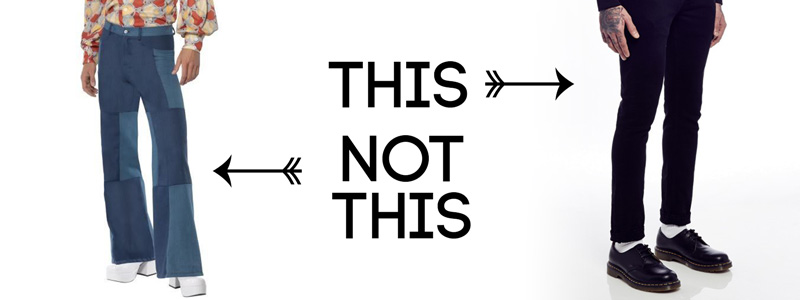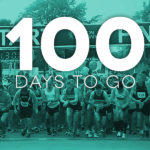By Hayden Shearman // Training is all about striking the perfect combo of training stress (i.e. running lots) and recovery (i.e. running less). The taper is where that balance swings more towards the recovery side of things to get fresh and ready to roll for race day.
Right now, you should be coming towards the end of one of the biggest blocks of training in your life. You’ll be feeling sleepy, achey, hungry, and maybe even short-fused. This is normal. But the good news is that rest and recovery is coming!

Hello taper.
The taper typically starts three weeks out from a marathon or two weeks out from a half marathon and involves, primarily, a reduction in the number of miles you run each week and the length of your longest run. But that’s not all you should do in these final weeks before race day.
So here are my top five tips for nailing your taper like a pro:
1) RUN SHORTER
My go to sequence of weekend long runs before a marathon goes like this: 35k, 24k, 13k, race day. For a half marathon it might look like this (if this is your first time running the distance): 17k, 10k, race day. So your longest run might be two weeks before the half marathon as it will take you far quicker to recover from 17k as it will the marathon runner to recover from 35k!
2) RUN LESS
As well as reducing the long runs, you’ll also want to reduce the distance of the rest of your running during the week. Here’s a guide for weekly mileage leading up to race day (percentages are of peak mileage): 100%, 80%, 65%, 50% (race week).
3) RUN JUST AS OFTEN
You might have peaked at 5 or 6 runs per week. You don’t need to reduce the number of run sessions during your taper. Instead, maintain this good habit of regular exercise by just keeping all your runs short or even doing just a core workout or stretch session instead of a run (as long as it’s something you’ve done frequently before—more on that soon).
This regularity of exercise also keeps the itchy feet and nerves at bay that can so often overtake your sanity during the taper phase.
4) RUN FASTER
You’re reducing the mileage but you will actually want to be increasing the speed of your runs or, more accurately, increasing the volume of your faster workouts.
So, let’s say you’re already doing two sessions a week where you include some faster running, now’s the time to be making these sessions a little longer. E.g. you might have been doing 2x3k at half marathon pace, now you could do 3x4k at half marathon pace.
The nature of these workouts very much depends on your own goals and fitness levels, and this is where a good coach can tailor your training so your fitness maximised come race day.
5) NOTHING NEW
Although you’re running less, don’t replace this reduction of exercise with a new training regime. Suddenly deciding to train for a power lifting competition during a marathon taper phase is a very bad idea! At best you’ll have tired legs. At worst, you’ll be visiting the physio rather than the Rotorua Marathon race expo to pick up your race pack!
Keep any cross training light and energising. Restrict it to what you have done regularly for the past few months. After the marathon is the time to look for new exercise activities. In fact, you’ll need to, as I always recommend four weeks of just light running with low mileage and low intensity.
Same goes for food. Don’t carb load. Don’t diet. Just keep eating balanced, healthy meals with plenty of colourful vegetables, staying in a hydrated state and eating the odd treat.
6) BONUS TAPER TIP
Amidst the busyness of getting to Rotorua during race week and picking up your race pack, set aside time to reflect on the training journey you’ve been on.
Pull out your training diary. Look at those big training runs you’ve ticked off. Remember how they felt. Look at your races and workouts. Think about the paces you held and how you felt at the end of those sessions.
Use our calculator to predict your half or full marathon time and then compare that with how your long runs and races have felt. Could I have carried on with that long run at the pace I was running? Could I have run faster? Should I have slowed down? Be honest with yourself and estimate a realistic finish time for your half or full marathon.
Now it doesn’t matter if you’re not planning to race or to go for a certain time, but having this estimated time sets an upper limit to your speed. For example, if I’m predicting a 1:45 half marathon, then I’m going to make 5min/km (1:45 speed) the absolute fastest I will let myself go in the first half of the race.
In my next blog I will explain why this is so important. But, for now, just take the time to interpret your training and use that self-reflection to put some plans in place for race day.
Happy running.
This is a series of blogs all about getting you trained up and raring to go for the 2017 Rotorua Marathon (or half or quarter).
Grab a fully personalised and tailored training plan to take you to your next race.



